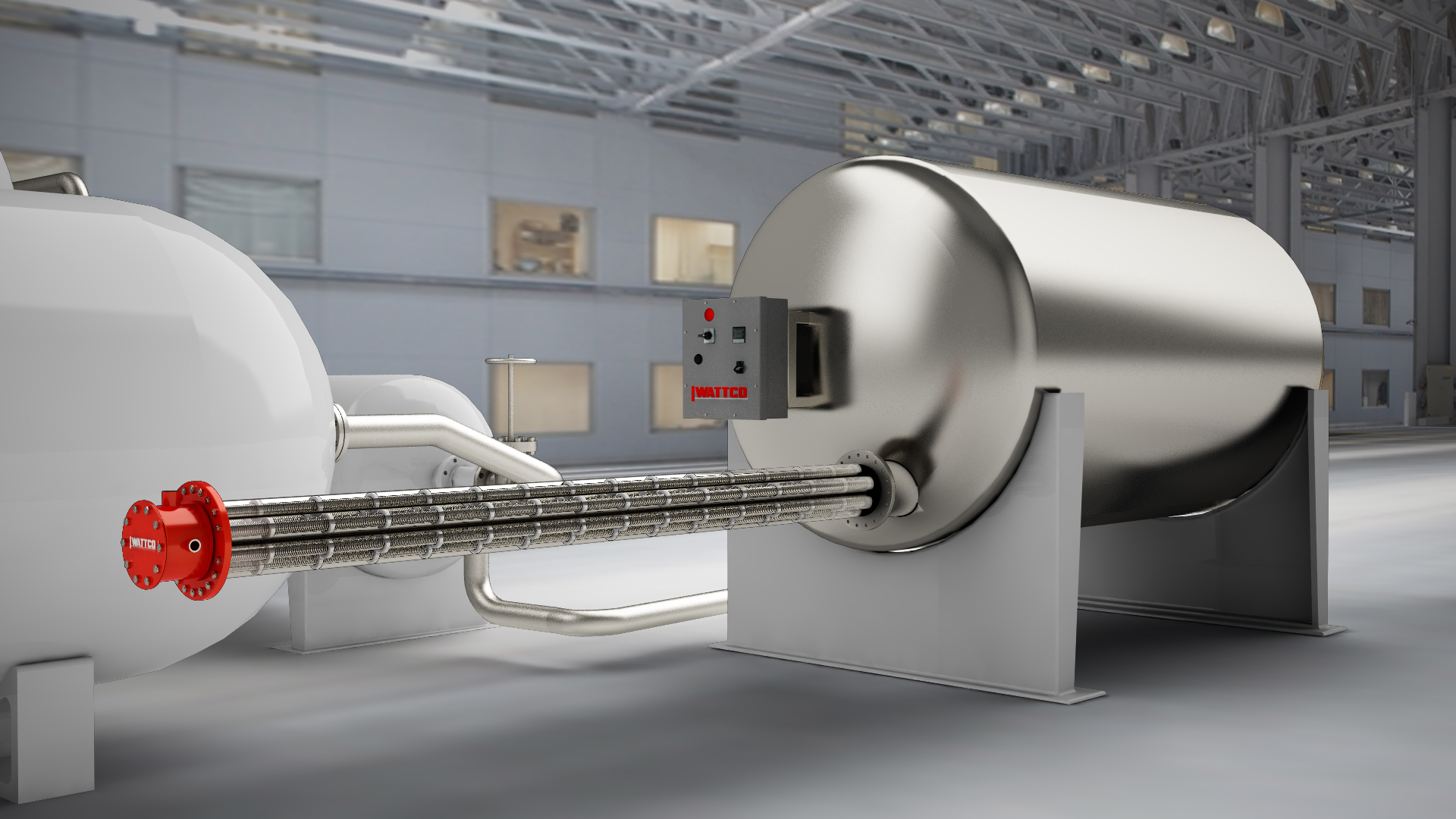Immersion Heaters Critical To Energy Infrastructure

As the developing world creates a greater demand for energy, and the energy needs of industrialized nations continue to increase, infrastructure for transporting the oil being produced in Canada, North Dakota and other new sources of oil are becoming increasingly important. Alternative sources of energy such as solar and wind power are growing their share of the energy market, but for the foreseeable future, petrochemicals will remain the backbone of energy production, hence the need for oil pipelines and for reliable components for them.
What Are Immersion Heaters
Immersion heatersare a safe and efficient method of heating fluids or other materials stored in tanks. As the name suggests, the heating element in an immersion heater makes direct contact with what it is heating. The control box for the device is located in an area outside the tank for greater safety and to prevent corrosion.
Immersion heaters are of particular use to the petrochemical industry, as they can be used to warm oil to change its viscosity, making it easier to flow freely and quickly through pipelines and other methods of moving oil.
Circulation heaters use immersion heaters for several purposes in a pipeline. Their work begins when a pump moves oil through a pipe circuit, which is heated. Immersion heaters used in pipelines are of varying wattage densities, with differing wattages used for differing liquids. Desired flow rates will also influence the wattage used.
Three Types of Heaters
Three types of immersion heaters are commonly used in oil pipelines:
Over-the-side electric heaters. These immersion heaters are commonly used when immersion heaters cannot be installed through the side of a tank or other container. The heater is placed through the top of the tank or container, and the heating element will be at the bottom of the device or on its side. A key advantage of this type of heater is an even distribution of liquid.
Hairpin tubular elements. In this form of immersion heater, the element is bent and welded into a flange, thus creating a flange heater. These heaters are bolted into matching flanges that are built onto a container or tank wall or a nozzle.
Screw plug heaters also incorporate hairpin elements, but instead of being welded into a flange, they are welded into a screw plug. The screw plug heater is directly screwed into a threaded opening in the container or tank wall.
When used, these electric heaters will warm oil that has entered an inlet, heating it until it flows better as it moves toward the terminus of the transport pipe. This can be especially helpful in cold weather, where temperatures could negatively impact the flow of oil. Without these heaters, transport time for oil would be longer and would cost more.
The Keystone Pipeline
The Keystone Pipeline is an oil pipeline system that runs through the U.S. and Canada, and serves to bring crude oil from Canada and parts of the U.S. to refineries in Nebraska, Illinois and the Gulf Coast. Right now, three phases of the pipeline are up and running. A fourth phase would run from Hardisty, Alberta to Steele City, Nebraska and would connect to some existing portions of the pipeline system. This leg of the pipeline is controversial because of environmental concerns about global warming and local impacts to areas the pipeline will run through.
The Obama Administration has delayed a decision on the final leg of the pipeline. Many political experts do not expect a final decision on the project until after the 2014 midterm elections in November.
The Keystone XL project has been described by energy industry experts as important to the energy security and economic development of the nation. TransCanada, the company that owns the pipeline, says the pipeline project will create about 9,000 construction jobs while it is being built and more jobs once it is completed. In addition, the ability to quickly get large quantities of oil being produced in Canada and the northwestern U.S. to refineries will help reduce energy costs and ensure the country has plenty of options for energy sources.
If completed, the fourth phase of the Keystone Pipeline, called the Keystone XL, would add about 510,000 barrels to the transport capacity of the pipeline, bringing it up to more than a million barrels per day. The infrastructure demands of the pipeline will be vast, and the need for good immersion heater products and replacement components will be significant.
Last Word
Major infrastructure projects like the Keystone Pipeline require components from a variety of manufacturers. Immersion heaters are a key component for oil pipelines, and because of their importance in facilitating oil for transport, it is important to obtain the best quality electric heaters available for trusted manufacturers with a track record of performance and customer service.
Summary:Oil pipelines are essential infrastructure vital to the energy security and economic development of the U.S. Immersion heaters are a key component in oil pipelines, facilitating swift transport of oil.
Bio:Wattco (http://www.wattco.com) manufactures electric heating products for industrial use for clients around the world. The company was established in 1972 and has a commitment to producing quality heating products and offering the lowest prices in the industry.
